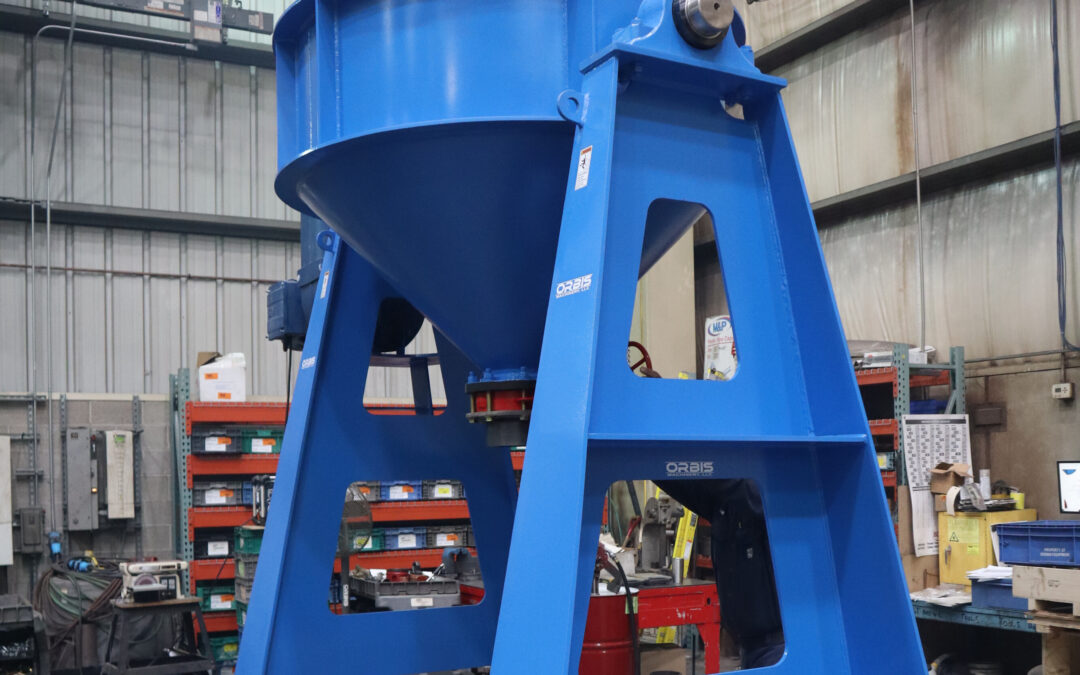Businesses have their unique ways of giving prices to their product or services. The two most popular pricing methods are cost-based pricing and value-based pricing. If your company prefers to use cost-based pricing, it merely means your company has its prices set above its production cost. On the other hand, value-based pricing uses a different approach entirely as this mode of pricing is based on the potential value that the product will give to its customers.
Cost-Based Pricing
In the case of cost-based pricing, the production or manufacturing costs play a significant role in the amount that will be given to consumers as the sales price. Before a company sets a price for either of its products or services, they will typically take their time to research some specific areas:
• How long it took the company to make the product
• The amount spent on materials or external services that were required to make the product
• How much their competition offers the same service or products
Time Taken to Make the Product
Companies must carry out necessary research into the time it took them to come up with the product they are planning to release into the market. Usually, this approach will take a cost per hour format or instead of a daily capped rate. This approach is mainly used by companies that are new in business; however, as time goes by, the time spent to make a product will change and decrease.
The Amount Spent
To make a product or to offer any service, some raw materials may have been purchased. Also, your company must have required some external workforce to put your product or services together. Since you have spent money to put things in place, it is only plausible that you get back all money spent while also adding your profit. The addition of your profit is the reason for going into a business in the first place.
Competition
If you have a business that doesn’t have any form of competition (which is highly unlikely), then we must sing praises of your uniqueness. However, your business likely has competitors offering the same service or product as yours. Therefore, when you find yourself in a position like this, you will have to make research into their pricing before choosing your pricing. Overall, many businesses set market pricing at a low, mid, and high entry-level based on what the competitors are offering.
The Floor and Ceiling Prices
After carrying out the above-listed research, you can now come up with your pricing based on the following:
• Floor pricing: This serves as the minimum price a company can set the price of its product before entering the market. However, this must cover the time taken, money spent, and competition. Also, this minimum price must come with a profit for your company.
• Ceiling price: The ceiling price is the highest price overall that can be placed on a product without losing your customers to your competitors.
Value-Based Pricing
The cost-based pricing might have been about you as a business, but the value-based pricing is 99.9% based on the consumers. The truth about this type of pricing is that new business owners, sole-traders, and sometimes freelancers do not find this type of pricing conducive; neither do they have the mindset to start with. Value-based pricing is strictly based on the value your product and service will have on the consumers. After setting the values, then you can now choose your pricing accordingly. The truth about value-based pricing is that it takes a lot of work before a business can get it right. Unlike the cost-based pricing, value-based pricing requires a type of research into your customers before you set the matching price.
What this means is that your company will meet potential customers to ask them a variety of questions based on what they would want and how your product can help make their lives better. Businesses mostly carry this operation out in a discovery workshop or say a discovery session. From these sessions or research, your business should have been able to come up with an investment cost for whatever product or service you are offering. Also, your potential customers must be able to get a return on their investment.
Advantages of Cost-Based Pricing
• It is easy to set your cost based on the time taken, competition, and amount spent
• You don’t have to be an expert before you get the cost-based pricing right
• You will most likely recover your expenses while also making a profit from the little amount added
• It only requires necessary calculating skills
Disadvantages of a cost-based pricing
• You might find it hard to pitch for potential high-end projects
• You will always be caught in between costing battle with your competitors while you are trying to a huge number of sales.
• You will most like to get challenged by a consumer for your price because your competitors have decided to bring down their costs.
• Cost-based pricing can be a free fall into loss-making for your business
• Making use of the ceiling price can sometimes bring profit, but it mostly means a business can price itself out of the market.
• Customers are mostly unlikely to pay you a high price for your product or service because your competitors have decided to sell for a lower rate.
Advantages of Value-Based pricing
• You are free to place a higher price on your product or service since you have done your research
• By investing your time on discovery sessions with your potential customers, you will be able to deliver a pinpoint solution to their needs
• You can easily pitch for investment since there is a strong belief that there will be a return on investment
• Also, your proposals will most likely be accepted
Disadvantages
• It takes a lot of time to get the information you need from your potential customers
• The discovery sessions can cost you a lot of time, effort, and money



